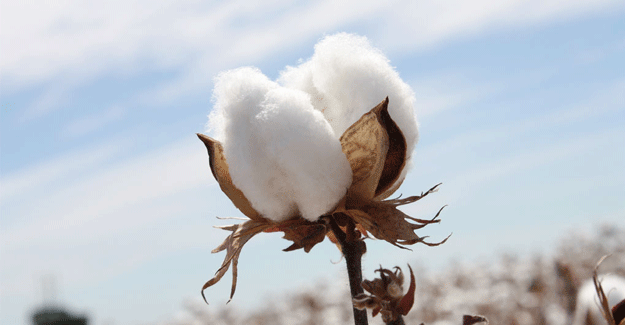Smriti Irani Takes Stock Of The Textile Industry
Smriti Irani Takes Stock Of The Textile Industry

The new, fire brand Union Textiles Minister, Smriti Z. Irani has been busy meeting with the textile industry associations, to take stalk of the demands and state of the industry. In keeping with the government's efforts towards improving ease of doing business, she has directed her ministry to promote single window clearances, and reduce paperwork to the minimum wherever possible. She and her team have begun work on implementing the Rs 6000 crore package, recently announced by the government, to improve textile exports, and job creation in the country.
Smriti Irani will be handling one of the most important (and yet low profile) sectors of the Indian economy. It is for a reason that the government has identified the Indian textile, clothing and related industries to be the driver of the Make In India, Startup India campaigns. The Union textiles minister has a lot on her plate. The latest incentive package needs to implemented quickly. This is imperative as global developments are weighing down on the Indian textile and clothing sector. The Indian spinning industry is saddled with inventories due to lack of downstream demand. Investments in weaving and processing need to pick up to help the garment export business become an all-year round business, and not just a seasonal business of supplying summer apparel. With the unfortunate developments in Bangladesh earlier this month, international buyers will look for safer sourcing destinations.
The government has emphasized the creation of textile infrastructure by approving a number of textile clusters and parks across the country. However, these have not attracted the expected level of investments for a number of logistical reasons. The textiles ministry needs to address these issues, and promote textile investments in these regions for regional development and employment generation.
Development of the north east region is high on the list of priorities for the government, and here too, textiles, clothing and technical textiles are the industries that have been identified. The ministry has begun creating infrastructure for skills development and textile manufacturing. This will need concerted efforts in the face of the various obstacles that tend to derail economic development in the NER. The ministry should work towards making NER the region for production of high value fibres and textiles, and green production. More importantly, market linkages will need to be established. While BBIN is on the cards, the Dhaka terrorist attacks may put this on the slow track.
For too long, technical textiles and nonwovens have been identified as the growth drivers for the textile industry but investments have not picked. This is inspite of the fact that there is a huge potential market for every segment of technical textiles. Geotech and Agrotech applications in NER are a good start. Similar projects can be taken up in most of the mountain regions of the country. The ministry, over the years, has succeeded in creating awareness about the potential for technical textiles in the country. The ministry now needs to take the next step-attracting Indian and international buyers to source from India, through setting up model projects.
Smriti Irani, in the HRD Ministry, has done commendable work, among others, in terms of achieving the target of Swachh Bharat, Swachh Vidyalaya campaign. As the Union textiles minister, she must engage the textile research associations and Centres of Excellence in technical textiles, who are working towards developing textile composites that can be used for construction of toilets. With the radio and TV blaring out, every few minutes, the need for constructing toilets in every home and community, this is a cost effective solution that the ministry should promote. Not only will it take the Swachh Bharat campaign forward, but also lead to rural and regional manufacturing and jobs creation.
Textile Excellence wishes Smriti Zubin Irani all the best as the Union Textiles Minister.



 textileexcellence
textileexcellence 







